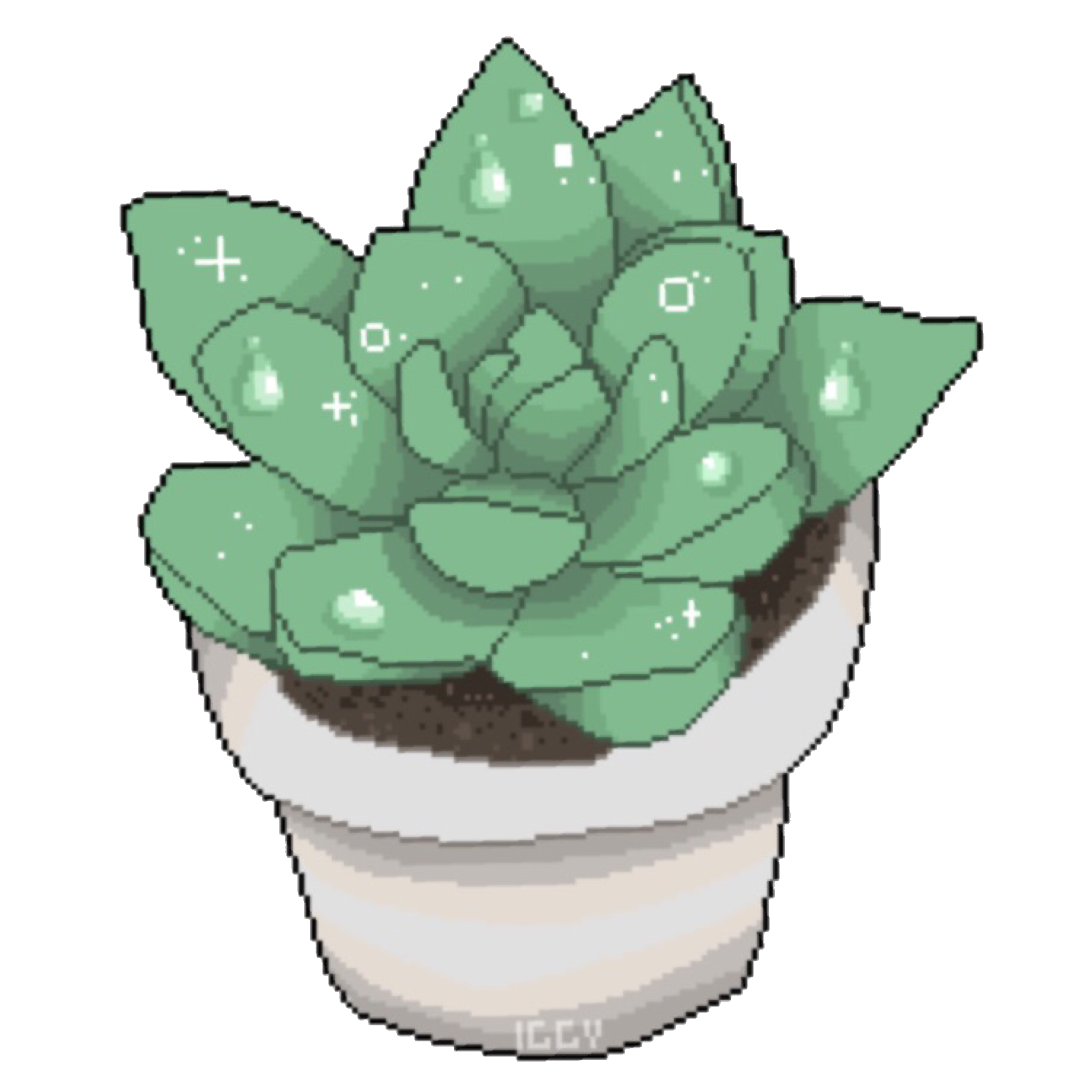

Or random application availability and/or ease of use.
Two cases in point:
- Photo Mechanic. It makes it really easy/fast to sort through tons of photos. There are some Linux compatible alternatives, but they’re just not as good
- Fusion 360. There are a couple of things you can do to make it work, but since Linux isn’t officially supported the install process can be a bit fiddily and there’s no guarantee that an update won’t break things.
Things are certainly better now than they have been in the past, but if you’re somewhat time limited (eg your computer is more of a tool than a thing to spend time tweaking) Linux can still be a bit offputting - especially if some of the core applications you use aren’t officially supported.






A very related question to ask is: did your parents, or extended family, ever help you financially?
Here’s my answer.
Have I ever received help from my parents and/or extended family? Yes. I was able to live rent free after high school while I found my way. When I eventually started college I was able to live at home and commute. My family started a college fund for me when I was little, so I was able to cover about 15% of my in-state tuition. We also got a cash loan from my Grandma to put toward a down payment that we paid back over the course of a few years. Without it we wouldn’t have been able to buy our house.
Am I getting help from my parents or extended family now? No, I haven’t for years. Money and support have started flowing the other direction. I’ve given my mom a (used) car and also let her live with us for a year and a half while she switched careers.